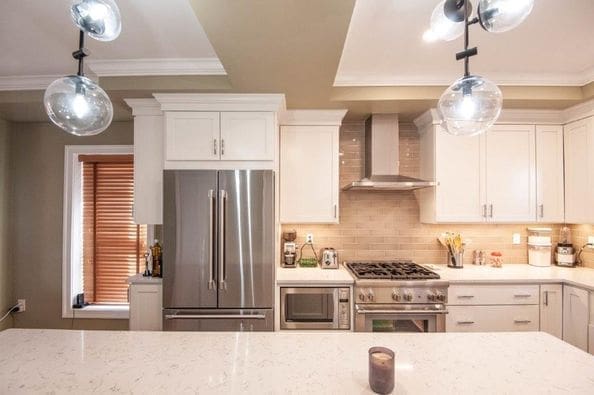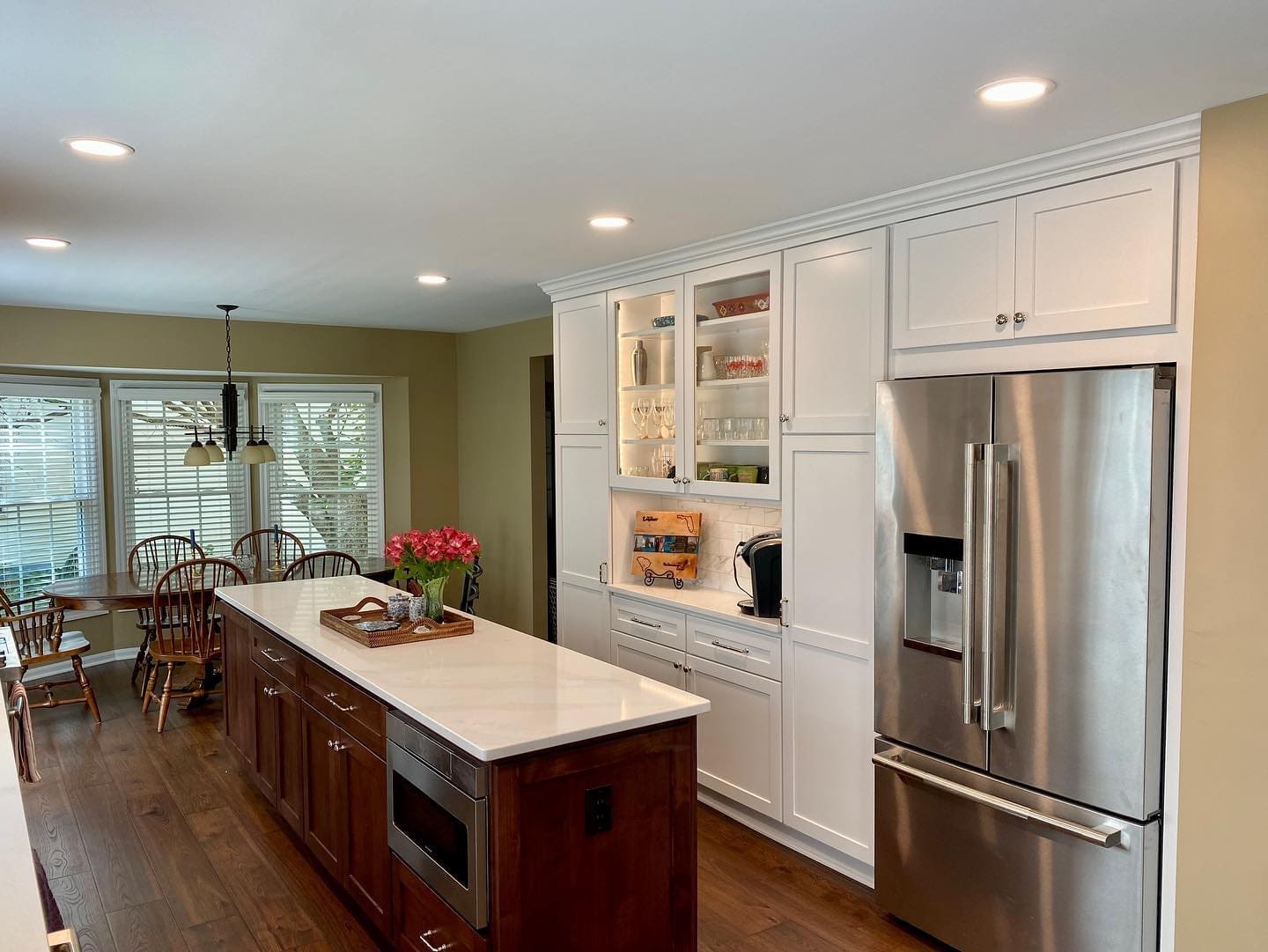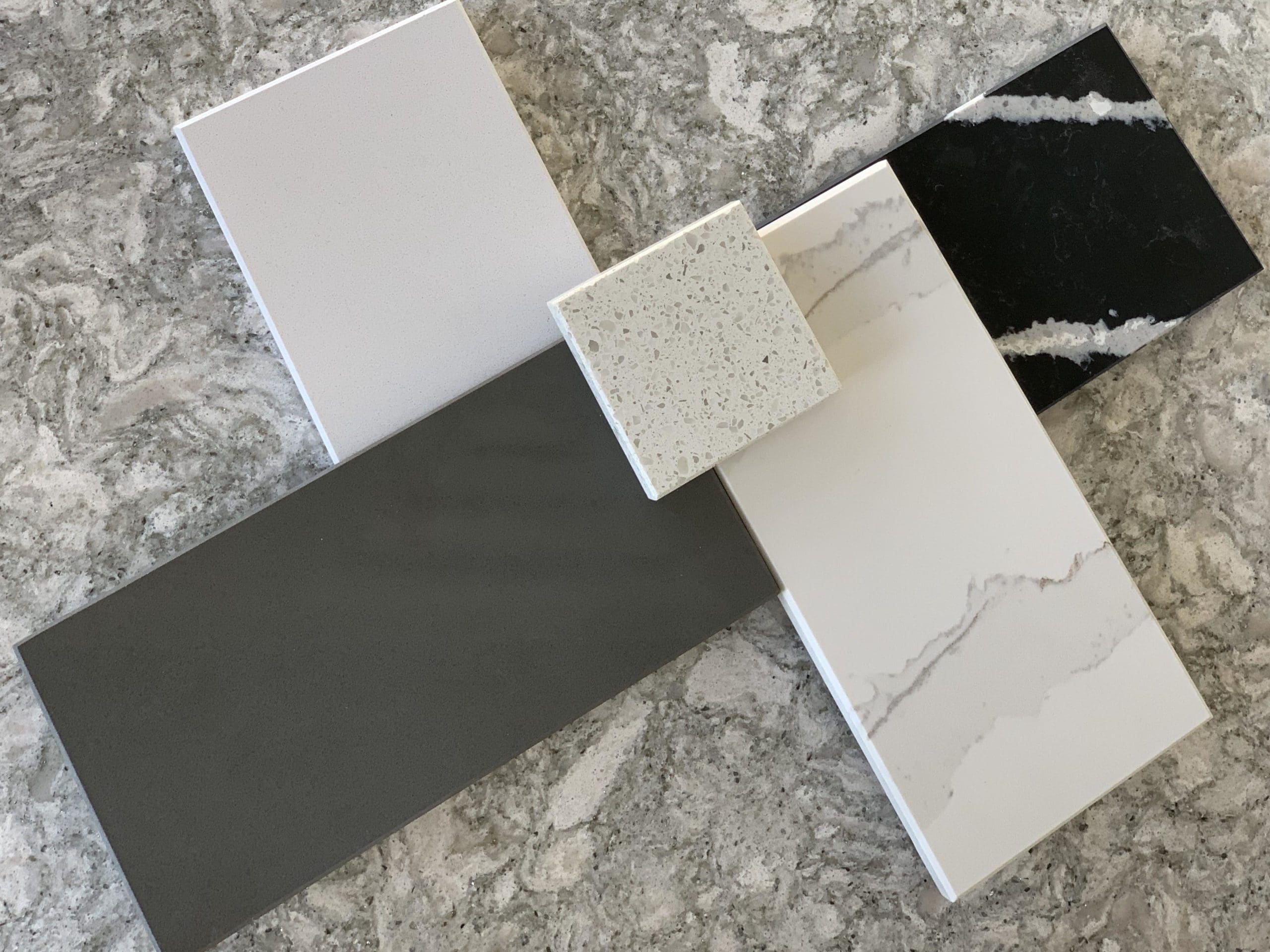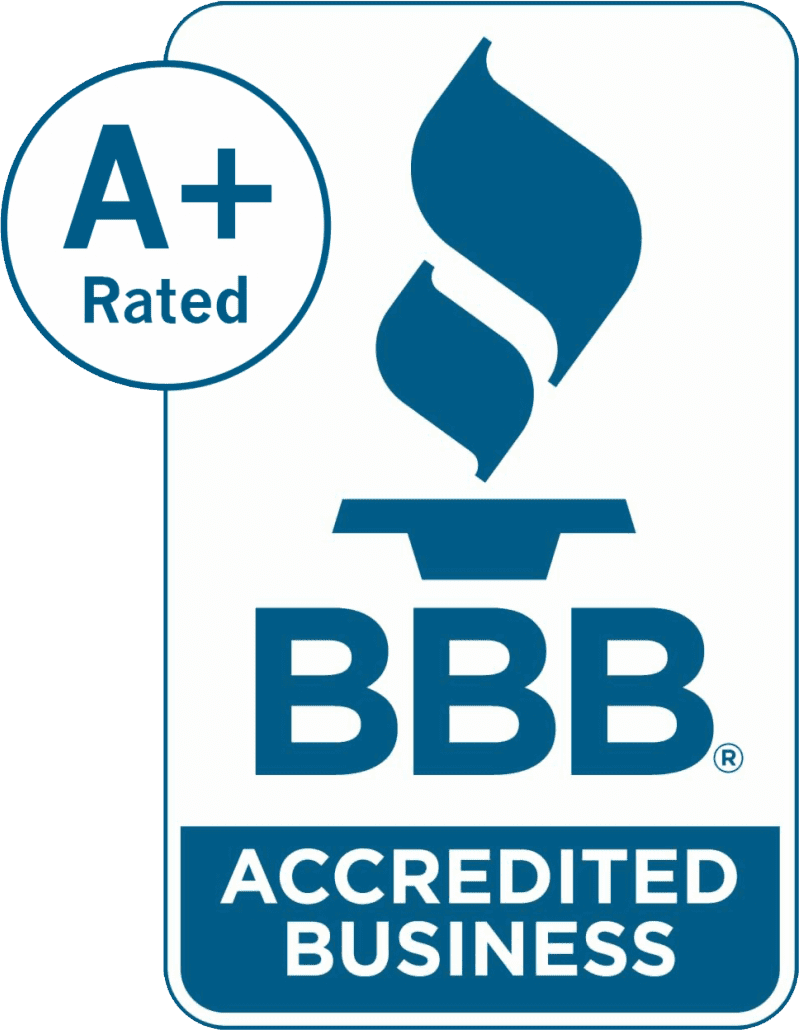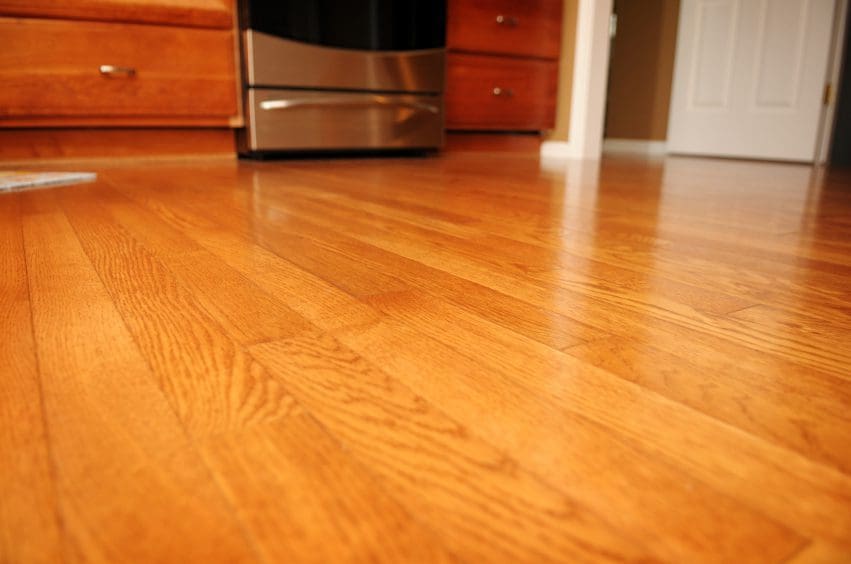 Only a few generations ago, hardwood flooring in the kitchen area was, by far, the dominant flooring used in homes throughout the world. It was considered to be a floor of abundance, convenience and was often associated with being ‘the poor-man’s floor’. It was a surface that was painted or saturated with petroleum, flax or linseed oil and offered little to the aesthetics of the home. It was chosen because of its economical benefit and inherent durability. In the late 1800’s, early 1900’s, it was largely displaced ( or covered) with the advent of linoleum – an organic sheet product that was more attractive and significantly easier to maintain. Over the past twenty years, hardwood flooring has re-invented itself as, not only a viable surface for a kitchen floor, but a finish of preference for designers, decorators and, of course, homeowners with discriminating tastes. There are several reasons why hardwood flooring in the kitchen has increased in popularity these days and why it has earned the respect of the professional community and the admiration of the homeowner. Let’s explore.
Only a few generations ago, hardwood flooring in the kitchen area was, by far, the dominant flooring used in homes throughout the world. It was considered to be a floor of abundance, convenience and was often associated with being ‘the poor-man’s floor’. It was a surface that was painted or saturated with petroleum, flax or linseed oil and offered little to the aesthetics of the home. It was chosen because of its economical benefit and inherent durability. In the late 1800’s, early 1900’s, it was largely displaced ( or covered) with the advent of linoleum – an organic sheet product that was more attractive and significantly easier to maintain. Over the past twenty years, hardwood flooring has re-invented itself as, not only a viable surface for a kitchen floor, but a finish of preference for designers, decorators and, of course, homeowners with discriminating tastes. There are several reasons why hardwood flooring in the kitchen has increased in popularity these days and why it has earned the respect of the professional community and the admiration of the homeowner. Let’s explore.
How the Finishes Have Changed
The hardwood surface finishes of old were an effort to effect the natural porosity of the wood floor, deterring foreign substances from entering the wood as well as presenting a surface that was easier to keep clean. These finishes did, in fact, seal the wood but they were also known to ‘track’ and travel onto other flooring surfaces in the home as well as contaminating socks and shoes.
So much has changed since then! Today’s finishes are extremely hard, durable, translucent, easily maintained and, of course, display the natural beauty of the wood itself. Whether the hardwood flooring is site-finished (sanded, sealed and urethane coated on site) or pre-finished from the manufacturer, the benefits of the finish are consistent. There are proponents of either practice who claim a preference. For example, site-finishing permits a full-field coating of the flooring which suggests that there will be no gaps or ‘seams’ in the surface and that the on-site sanding ensures a perfectly smooth surface. While the latter statement is sound (versus some pre-finished floors), the former is correct until the flooring is subjected to normal, yet dramatic, changes in humidity which will cause minor separations in the boards; and this is a perfectly natural occurrence. Fans of pre-finished flooring cite the environmentally controlled process of finishing the flooring as well as the multitude of layers of finish that this process enables. Here, the former statement is true in that a homeowner can expect a consistent, mirror-like finish right out of the box; and while the second statement is also true, it should be clarified in that this multitude of layers is necessitated to compete in performance characteristics with the lesser coatings required on a site-finished floor. Whichever way you decide to go, know that there isn’t a marked difference with regards to performance satisfaction.
The Natural Allure of a Distinct Variety of Wood Species
Domestic woods such as oak and maple were fairly common in historically significant homes and are widely used today as well. Domestic chestnut and walnut tended to be used in more upscale applications, historically, but their availability and cost prohibited the commodity usage indicated by the other woods, previously mentioned. With international wood trade being so vibrant, a homeowner will be presented with a plethora of tropical and rainforest species, which typically possess a color, grain and innate density factor that is uncommon in domestic species. Brazilian Cherry (Jatoba), Mahogany, Merbau, Tigerwood, and Purpleheart are a few of the more popular ‘exotic’ species that offer an unusual, breathtaking visual while being significantly harder than oak or maple.
The Typical Pros and Cons Discussion
As with any type of flooring, there will be advantages and disadvantages to any particular application; and this is the primary reason why a homeowner needs to understand how they live and make their important flooring decision accordingly. Wood flooring will enhance the kitchen space with a natural and inviting warmth and character that is second to no other type of floor covering. Hardwood species are extremely impact resistant and the superior finishes permit everyday spills to be addressed without worry. Properly maintained, it’s not uncommon for a hardwood flooring to provide reasonable service to a kitchen for more than 50 years, giving it high marks for long-term value and investment. The downside of wood kitchen flooring is really defined by two variables: maintenance regimen and moisture containment. Inasmuch as the bulk of performance features of hardwood flooring are expressed by the coating that is on top of the wood, it’s especially important for a homeowner to be diligent about keeping that finish in good shape. You have to be prudent about doing whatever is needed to keep sand and dirt off of the wood because normal foot traffic will literally ‘sand-off’ the finish. When the finish seems excessively dull or scratched, hire a professional to re-finish the floor before there’s any structural damage done to the wood. Hardwood flooring’s other enemy is water or liquids in general. Left to seep into the wood, these agents can certainly cause permanent damage to any type of wood.

